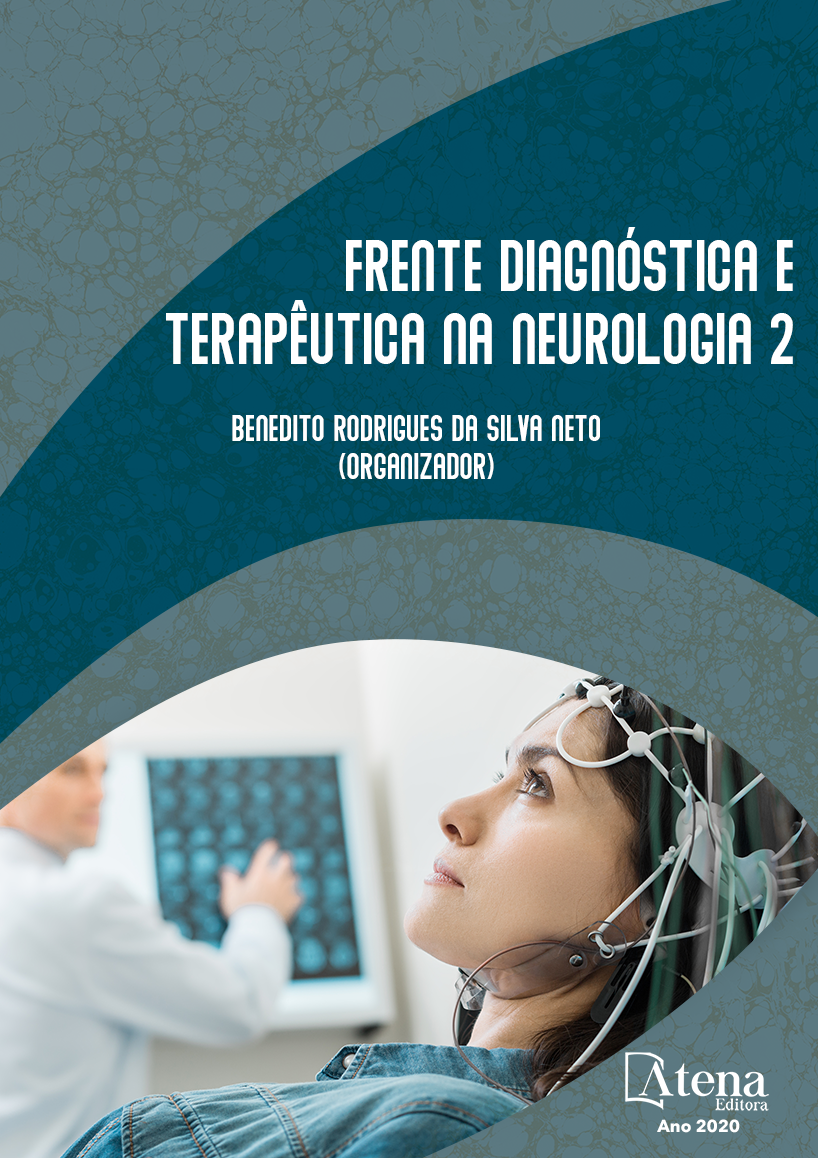
Effects of antiepileptic drugs on spreading depression in the chick retina: Implications for migraine prophylaxis
Atena
Effects of antiepileptic drugs on spreading depression in the chick retina: Implications for migraine prophylaxis
-
DOI: 10.22533/at.ed.5612028018
-
Palavras-chave: Atena
-
Keywords: Migraine, Spreading Depression, Antiepileptic drugs, Neuropharmacology, Retina
-
Abstract:
Background: The Spreading Depression (SD) is an answer of the nervous tissue to a different type of local stimulus. It was described initially in the cortex of anesthetized rabbit and characterizes by a depression of the spontaneous electric and provoked activity, which initiate in the stimulated point and propagates, at the rate of 3.0-5.0 mm.min-1, for adjacent regions of the cerebral cortex. The eletrocorticographyc period of activity depression belongs to 2-5 min and the re-establishment of the normal activity occurs in 15-20 min after the beginning of the reaction. The gear of this wave does not respect the limits of different vascular territories in the cortex and neither citoarchitectural differences nor functional differences The knolled of this phenomenon is fundamental for the correct knowledge and treatment migraine (MG).
Methods: In the present study, we analyze the effects of antiepileptic drugs (AED), also used in migraine (MG) prophylaxis, on the spreading depression (SD) in isolated retina of chick’ (Gallus gallus domesicus). We studied five drugs with proven effect on the modulation of GABAergic transmission: Topiramate (TP), Valproate semisodium (VS), Gabapentin (GP), Lamotrigine (LT) and Levetiracetam (LV). Chicks´ retinas were kept at 30-31°C in superfusion chamber, with a flow of 1,0 – 1,8 ml/min. of a Ringer’s reference solution, and the reaction was evoked by mechanical and chemical stimulus, every 15 minutes. Using this model, we first measured the speed (mm/min.), the amplitude (mV), the deflagration threshold (after chemical stimulus with KCl-) and the absolute refractory period (sec.) of the SD, with and without the drugs used in the study. Subsequently, the speed and amplitude parameters, also with and without the drugs in study, were analyzed in an in vivo model. In addition, the GABA-transaminase enzyme (GABA-T) activity was determined, with and without the drugs in study. Analysis of variance was used to determine the activity of GABA-transaminase (GABA-T).
Results: We verified that all the drugs, particularly Topiramate (TP), reduce the speed and amplitude in a dose-dependent and reversed manner, in vitro as well as in vivo. All the drugs also increase, in a reversible form, the deflagration threshold for the SD, after chemical stimulus with KC-, in specific concentrations. It was also verified, that all the drugs increase, in a reversible form, the absolute refractory period. Topiramate (TP) was considered the most effective drug in the context of the proposed parameters. Levetiracetam (LV), in spite of its sui generis mechanism of action, was considered the less effective drug. The enzyme GABA-transaminase (GABA-T) displayed slight decrease activity, in the presence of Topiramate (TP), Valproate semisodium (VS) and Gabapentin (GP).
Conclusions
These results reinforce the notion that SD is a subjacent and relevant factor for the pathophysiology of migraine (MG), the treatment of this pathology must emphasizes the use of antiepileptic drugs (AED), in special Topiramate (TP).
Antiepileptic drugs, and more especially Topiramate, can significantly affect both the threshold and the propagation of SD in a dose-dependent manner. Our results reinforce the notion that SD may underlie the physiopathology of migraine and that, although further investigations on cortical SD are needed, our model may be a useful tool for the test of new prophylactic drugs.
-
Número de páginas: 40
- Jean Christopher Houzel
- Gilmar da Silva Aleixo
- Estevão Oliveira da Fonseca
- Arthur Ferrer Sandres Melo
- João Baptista Mascarenhas de Moraes Neto


